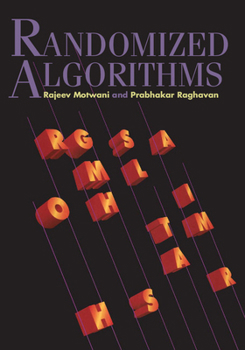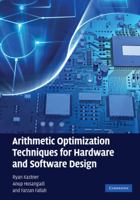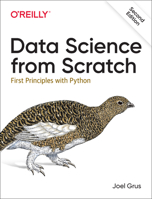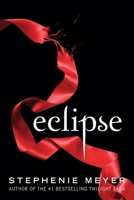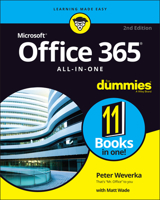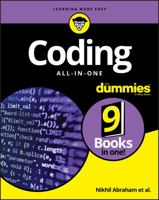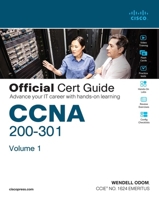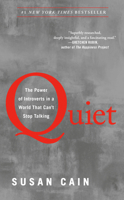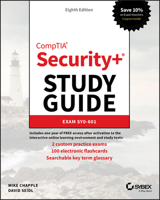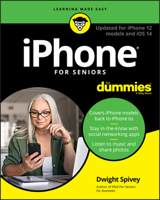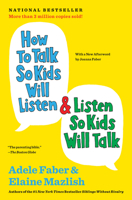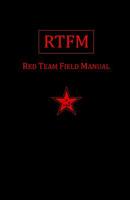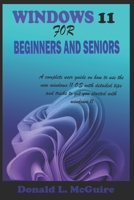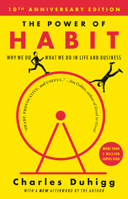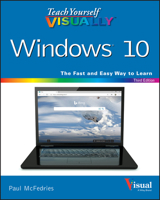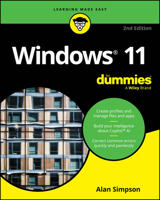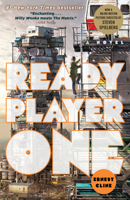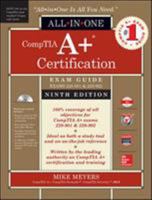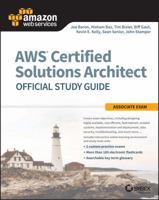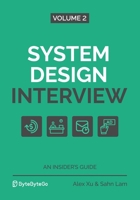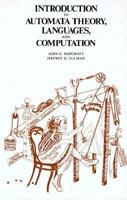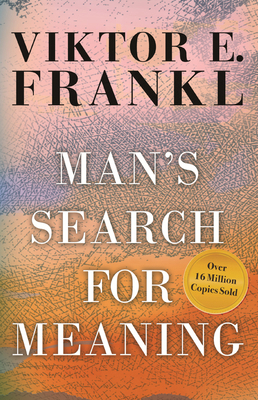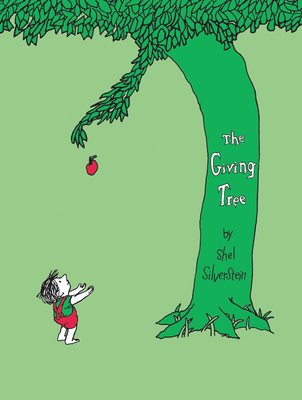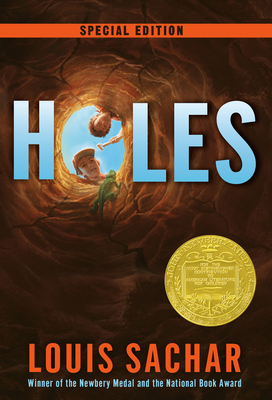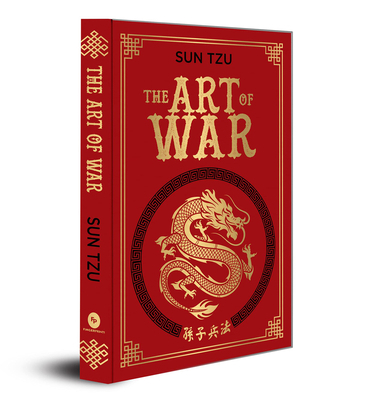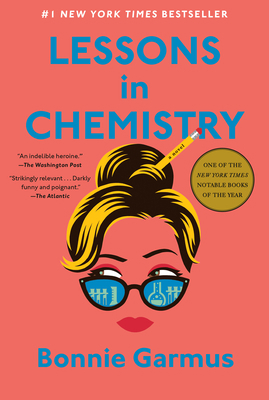Randomized Algorithms
You Might Also Enjoy
Customer Reviews
Rated 5 starsGreat exploration of randomized algorithms
A mathematician at heart in the world of software engineering, this is one of those few books that I take out from time to time and leave beside my bed. With it's wide scope it is sometimes terse and needs careful reading. Yet the world of randomized algorithms comes through with strength on a good formal basis. It is an entertaining and yet highly educational book.
0Report
Rated 5 starsA subtle introduction to probablistic algoritms
This book is a jewel. It demonstrates how clever and beautifully simple probabilistic ideas can lead to the design of very efficient algorithms. I like its very verbal intuitive style, with proof strategies being always transparently explained. For computer scientists, this is *the* reference work in randomized algorithms, by now a major paradigm of algorithms design. For classical probabilists, this could serve as an eye-opener...
0Report
Rated 4 starsAn enciclopedia for randomized algorithms.
The book has an exoustive amount of algorithms. Not everything is proved. Sometimes the proof contains to few steps to be understood. There are many algorithms explained well. After reading this book it is easy to create your own randomized algorithms.
0Report
Rated 4 starsextremely informative but obscure
I've taken two CS classes that use this book and I always felt like this book was very informative. The algorithms and concepts that Motwani brings forth are extremely insightful and interesting. However, the presentation of the proofs has a lot of room for improvement. Notation is carried over from previous chapters and is sometimes unexplained, which makes it very difficult for someone who does not have a lot of familiarity...
0Report
Rated 5 starsA very good high-level survey of Randomized Algorithms
I have just completed a graduate course using this book. At times the book is a bit terse (not necessarily a negative!) and overall I can highly recommend it.Wolf Bein, UNLV
0Report










